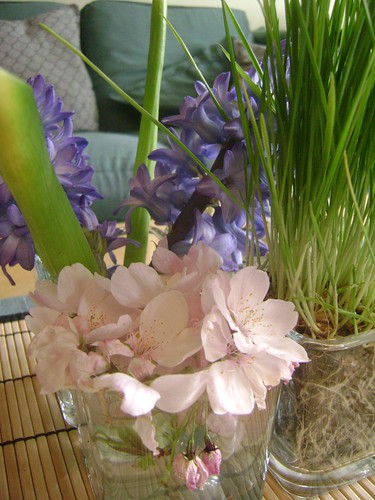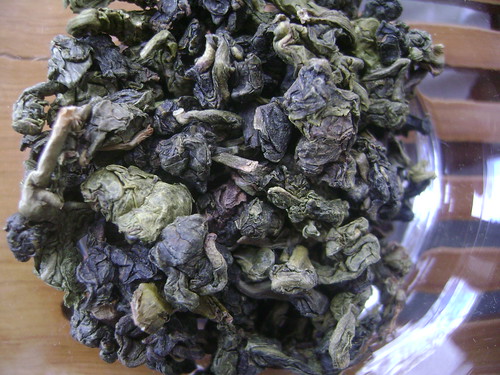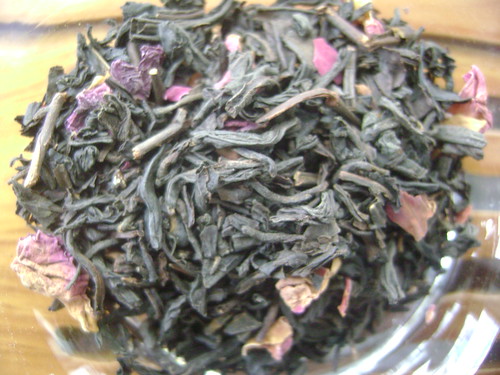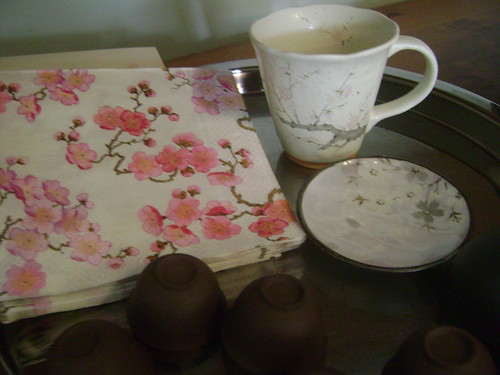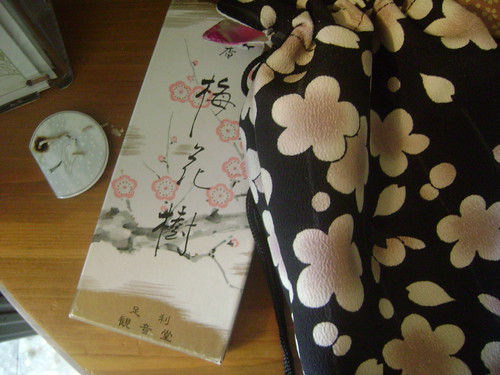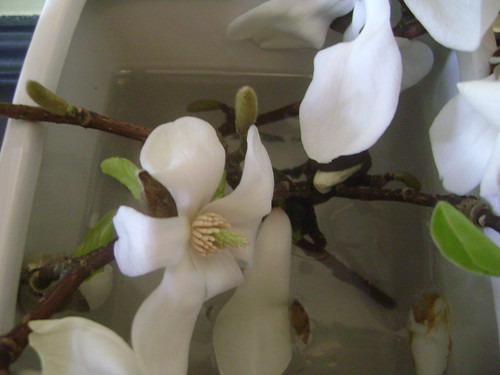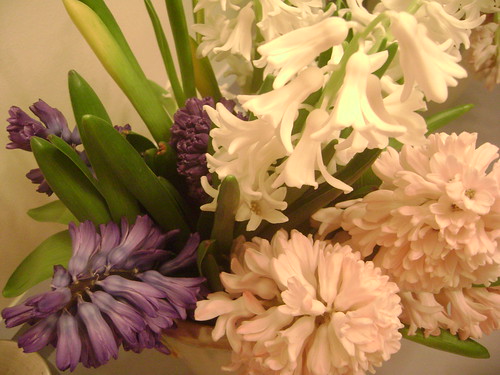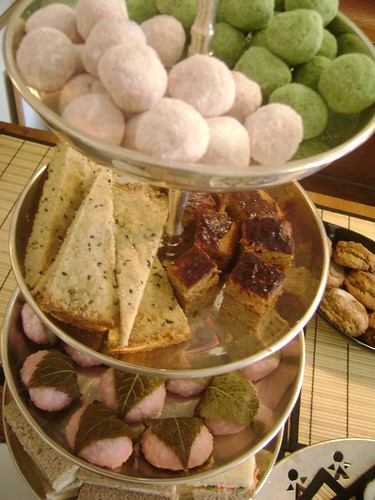This weekend was dedicated to the Vernal Equinox and welcoming spring with a flower-viewing tea party aka Hanami. Hanami is the Japanese flower-viewing parties, taken place under blooming trees in nature as well as urban Japanese gardens everywhere during the sakura peak blooming season.
From a very young age, I had high regard to Japanese culture and everything Japanese seems to possess such refinement and poise. My mental vision of hanami comprised of geishas and samurai (or just modern day people dressed up in kimono and obi) writing haiku poetry on rice paper under the cherry trees, playing the koto and performing chado ceremonies. I could not have been more far than the truth: Hanami is for the most part a picnic under the cherry trees, where everyone gets completely drunk with sake. An outdoors happy hour of sorts. The most popular spots for Hanami get packed pretty quickly, so companies and offices send their rookie employees to go early in the day and reserve a good spot while the more senior staff keep getting work done till the end of the day. By than, I heard, the rookies are quite thoroughly drunk and can be easily made fun of for the rest of the evening…
The custom of drinking sake under the cherry trees originates in Shinto (the native religion of Japan) tradition of making a sake offering to the spirit of the trees during the sakura blossom season.
The weather was a fickle spring day, not nice enough to do a picnic (which is how a hanami should be celebrated!). And in any case, drinking outdoors is illegal in Vancouver and I did not want to get into trouble with the authorities so I would have felt really guilty if it was a beautiful picnic day and had to keep everyone indoors for my tea brewing and perfume sniffing!
AmbianceI love creating ambiance with small details, which sometime I can get carried away with. The napkins, for example, were almost too pretty to use (they are made of pearlescent paper!). I also burnt a Japanese ume incense before the guests arrived, and they could even smell it from the hallways. Another part of the ambiance was flowers, and lots of them. Including a giant bouquet of hyacinth which ended up in the guest bathroom because otherwise no one would have been able to smell the perfume or taste their teas and food without thinking about hyacinths! They are so strong.
The FlowersDid you know that Camelias are from the same family as tea?
The flower arrangements, like the incense, create an ambiance. I didn't think I will be able to get the flowers I need in a flower shop, so I just picked them up myself all over the West End. I even got scolded once by a passer-by's "you're not suppose to". But I felt that since I was doing this for my guests, it's still part of sharing the community's flowers and I didn't really feel guilty at all (I don't normally roam around the neighbourhood picking up flowers after all, the most I would do normally is steal their soul by taking a photo).
I tried to keep it all quite minimalistic, a-la-ikebana, which I no very little about and was happy with the result. It was my modern and personal interpretation of the season and I also incorporated some botanical symbolism into it (more about that later though!).
 Early B-Day Gift, originally uploaded by Ayala Moriel.
Early B-Day Gift, originally uploaded by Ayala Moriel.One of the tea party guests was so thoughtful and sweet: she noticed on FB that my b-day is only two days away and got me a bouquet of my favourite flowers: freesias!
Magnolias, so fragrant and surprisingly spicy. Unfortunately they wilted a little faster than I hoped (the same evening as picking...).
The Menue
1st Tier: Sushi & Savouries
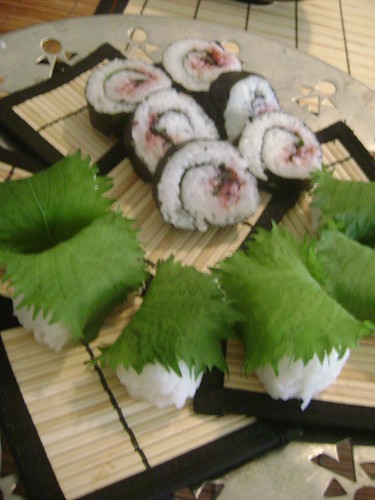
Ume-Shiso Sushi, originally uploaded by Ayala Moriel.
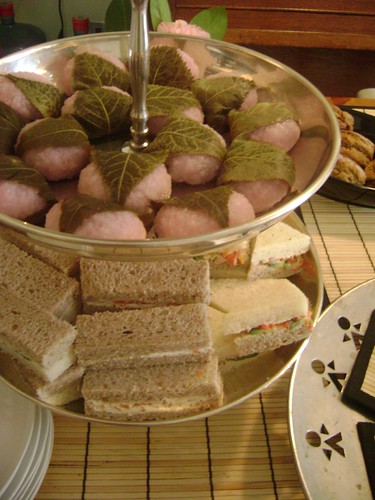
Tea Tray, originally uploaded by Ayala Moriel.
Ume-Shiso Sushi
Avocado & Japanese Pickled Ginger Tea Sandwiches
Ginger-Carrot Tea Sandwiches
Cucumber-Wasabi Tea sandwiches
Kosho (Hot Green Pepper & Yuzu paste) Tea Sandwiches
The ume-shiso sushi was something I tried last summer at the sushi bar in K-Mart (the Korean market on Robson street, which is also where I get the perfect bread for the tea sandwiches). I wanted to order from them a bunch for the party, but they stopped making them (it is not exactly shiso season yet, so that's understandable). Thankfully, the konbiniya (aka Japanese convenience store on Robson) had some fresh shiso leaves, so I was able to try to mimic what the restaurant did (total failure, because I always put too much rice in my rolls, and also the seaweed would have gotten too soggy by the time the guests arrives; so I stopped myself after one roll). Instead, I invented these little nigiris, using the rice molds in Tamya's sushi kit. I filled them with some ume paste and black sesame seeds, and wrapped them in shiso leaf, which remained fresh and pretty for hours.
As for the sandwhiches - the avocado is drizzled with yuzu juice to prevent it from discolouring. I've really enjoyed the tea-time-meet-Japanese cuisine adventure!
2nd Tier: Scones
Buckwheat Scones & Povidel (Eastern European Prune butter)

Buckwheat scones, originally uploaded by Ayala Moriel.
I tested these prior to the party with three different condiments/jams - ume (sour plum) paste (see above) and cherry & carnation jam, and povidel (prune preserve). The last choice seems to complement the buckwheat the best so that's how they were served in the end.
3rd Tier: Sweets
Sakuramochi (Cherry Blossom pastries)
Charisma Truffles - with matcha, spearmint and jasmine
Hanami Truffles - with ground tonka bean, lotus, tuberose and magnolia
Black Sesame Shortbread Cookies
Torti di Grano Saraceno (Northern Italian buckwheat and almond torte with raspberry filling).
The Teas

DSC09930, originally uploaded by Ayala Moriel.
First guests at the tea party are experiencing the white tea blend.
Sake and a fine selection of teas were served, including white, green, oolong and black teas.
More about the teas in the following post about the
spring-welcoming tea ceremony.
 Hanami perfume is featured in today's 24HRS beauty section, recommended for both men and women: "Floral and woody, this nature lover's scent is just as sexy on men as it is on women. And because it's not pumped full of chemicals, just a dab of this romance enhancing, pure essence will do".
Hanami perfume is featured in today's 24HRS beauty section, recommended for both men and women: "Floral and woody, this nature lover's scent is just as sexy on men as it is on women. And because it's not pumped full of chemicals, just a dab of this romance enhancing, pure essence will do".


